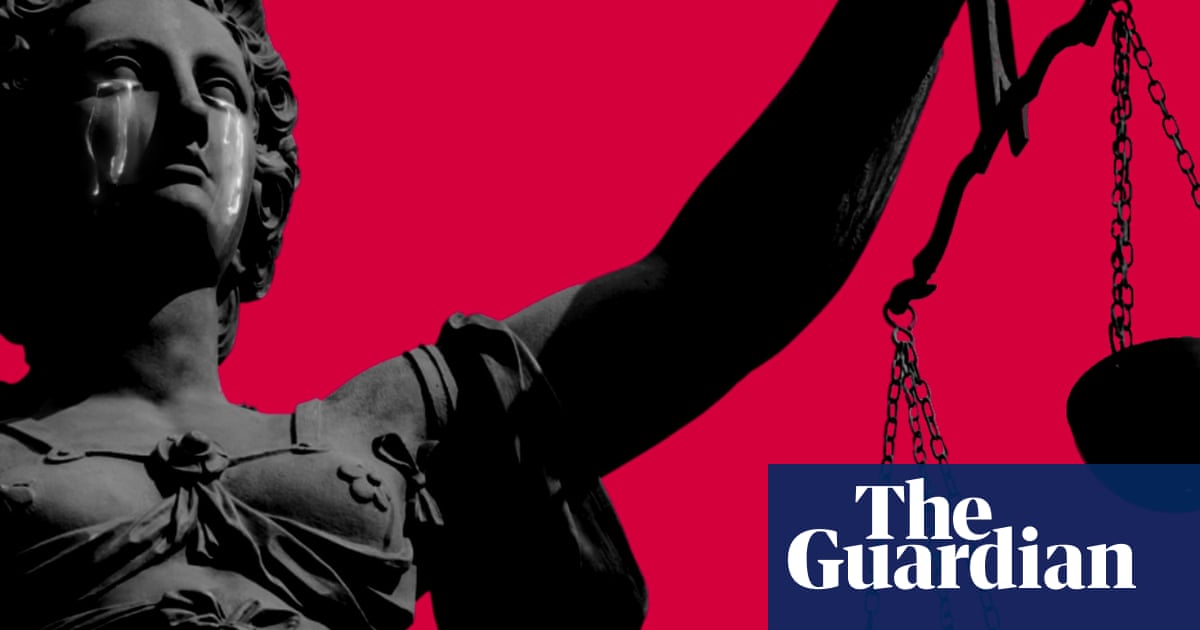The U.S. Supreme Court: A Year of Turmoil and Transformation
A Year in Review: The Court’s Reputation
Just a year ago, the U.S. Supreme Court’s reputation among liberals hit a nadir. Following several ethical controversies and a series of conservative rulings, the court was seen as a bastion of disrepute. One of the most inflammatory decisions was a ruling last July that expanded presidential immunity from prosecution. This decision all but assured that Donald Trump would evade accountability for his actions during the January 6, 2021, insurrection and his retention of classified documents.
Calls for Reform
The court’s declining esteem led to President Joe Biden advocating for significant reforms in its operations. He even proposed a constitutional amendment stating that no president could claim immunity for crimes committed during their time in office. The outcry for change illustrated deep concerns about the implications of a court perceived as partisan and unaccountable.
A New Role as Defender of Democracy
Fast forward to today, and the very same court, composed of the same nine justices, is being viewed in an unexpectedly favorable light by some critics. After Trump’s reelection, which many viewed as an affront to democratic norms, the precedent-setting institution is being seen as a potential bulwark for American democracy. Some hope that the justices will align with constitutional principles to counteract Trump’s extensive executive orders, which often skirt legal boundaries, particularly affecting rights such as birthright citizenship and due process for deportation appeals.
The Court’s Current Significance
As Jamal Greene, a law professor at Columbia University and former high-ranking official in the Biden administration, pointed out, the Supreme Court has become crucial at a time when Congress appears ineffectual and the executive branch disregards legal constraints. The court has already seen a series of high-profile cases since Trump’s resurgence, including one where it ordered the return of Kilmar Ábrego García, who had been wrongfully deported.
Upcoming Decisions: Stakes Higher Than Ever
The court is on the verge of making monumental decisions that could reshape significant legal boundaries. Among the cases awaiting their final say are challenges to Trump’s administration regarding birthright citizenship, limits on transgender care for minors in Tennessee, and parents’ complaints regarding the inclusion of LGBTQ+ literature in schools. Additionally, the court will consider healthcare funding under the Affordable Care Act and cuts to Planned Parenthood.
These decisions are poised to impact millions and highlight a stark ideological divide. With the court burdened by these high-profile cases, its role as the final legal arbiter is more significant than ever.
The Uncertain Path Ahead
Though some experts believe the court will ultimately uphold the 14th Amendment’s definitions of birthright citizenship, doubts remain. Critics suggest that the court has inadvertently legitimized Trump’s attempts to challenge lower courts’ authority with its willingness to consider his administration’s arguments. Remarkably, the justices have yet to scrutinize the legality of Trump’s executive directives thoroughly.
Conservative Majority and Potential Shifts
The conservative majority, appointed largely during Trump’s tenure, has fueled skepticism regarding the court’s intentions. Justices Neil Gorsuch, Brett Kavanaugh, and Amy Coney Barrett, all Trump appointees, along with Clarence Thomas and Samuel Alito, are often seen as aligned with Trump’s agenda. Yet, some speculate that Chief Justice John Roberts and Barrett may feel uneasy with Trump’s overreach. If they join forces with the liberal justices—Elena Kagan, Sonia Sotomayor, and Ketanji Brown Jackson—they could form a coalition capable of pushing back against extreme executive actions.
Diverging Perspectives Among Legal Scholars
Leah Litman, a law professor at Michigan University and author of a book critiquing the Supreme Court, expresses skepticism about any backlash against Trump’s actions. She points out that recent rulings, such as the one upholding Trump’s authority to fire independent agency heads, reflect a continued strong inclination towards conservative doctrines and may further embolden the administration’s disregard for checks and balances.
The Unit of Executive Power
The conservative justices’ affinity for the unitary executive theory is another concern. This doctrine essentially grants the president unchecked authority over the executive branch, enabling unilateral decision-making that could transcend legal obligations. While some justices recognize the need for limits on executive power, the prevailing sentiment seems rooted in traditional conservative legal philosophy.
A Court at a Crossroads
The limited instances of the court standing against Trump’s administration have led critics to believe the potential for meaningful challenges may be overplayed. Greene emphasizes that the court’s current approach, marked by formalism, lacks the creativity necessary to address Trump’s frequent violations of the law. He warns that as long as Trump perceives weaknesses in the legal system, he will exploit them unless checked by more powerful political actors.
Addressing a Constitutional Crisis
The failure of the White House to align its actions with legal frameworks adds layers of complexity to the current legal landscape. Greene argues that this situation constitutes a constitutional crisis, as the courts are presently ill-equipped to manage an unrestrained executive. This places an even greater responsibility on the Supreme Court to fulfill its role as the ultimate arbiter of the law.
The Ongoing Demand for Accountability
As Litman aptly stated, the public and legal communities should continue to hold the court accountable for upholding the law. Mere expectation of compliance without exerting public pressure could lead to dangerous complacency. As this pivotal year unfolds, the nation watches closely, hopeful that the Supreme Court can serve as a defender of constitutional rights amidst unprecedented challenges.


